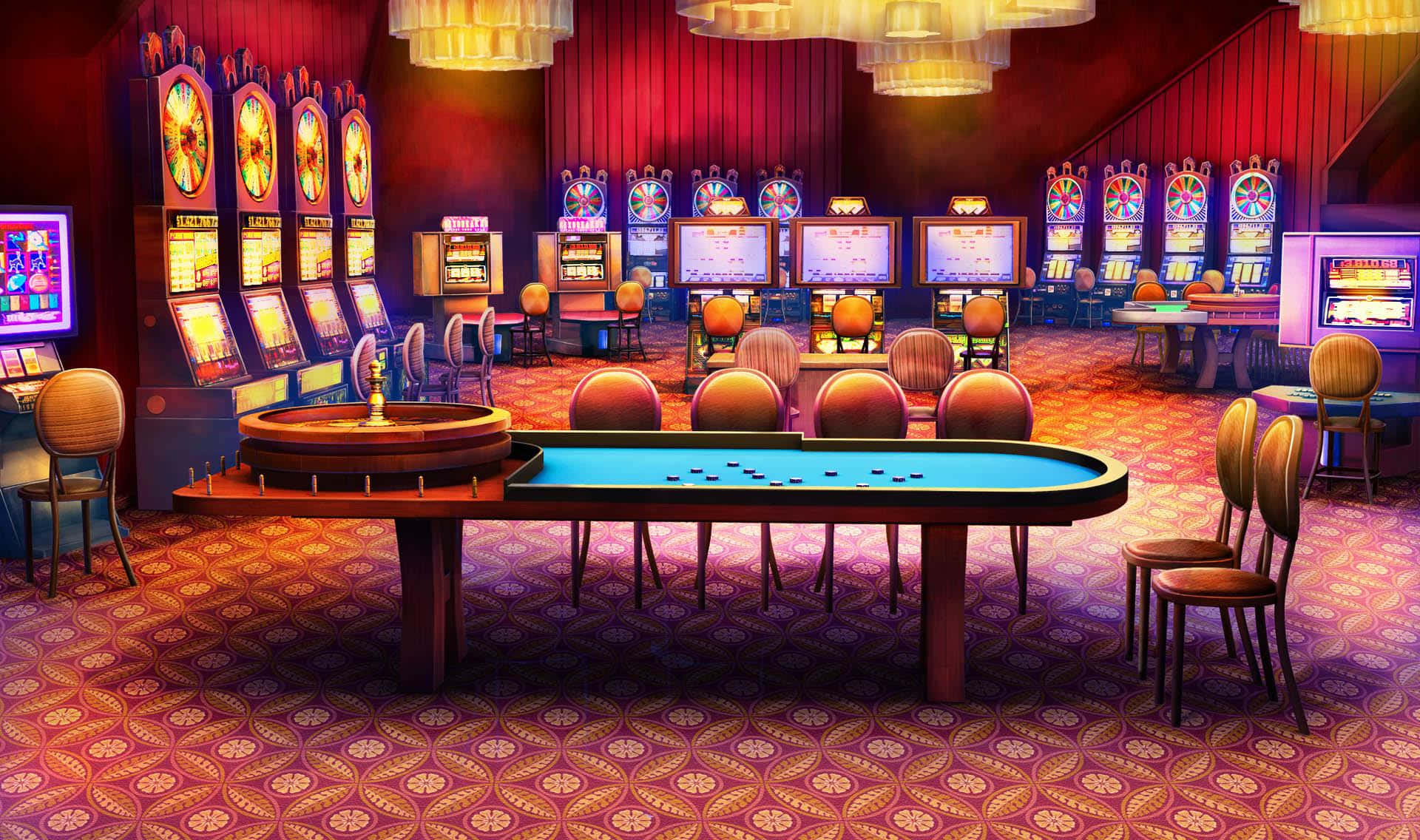
In the dynamic and stimulating world of casinos, where fortune and tactics intertwine, hues and design play a critical role in drawing in players. From the moment players step inside a casino or access a gaming website, they are enveloped in a visual feast that captures their attention and entices them to explore further. Vivid colors, captivating graphics, and innovative layouts are carefully crafted to create an atmosphere of excitement and expectation, ultimately improving the gaming experience.
While players move through the dynamic landscape of casino games, they encounter a variety of designs that not only serve visual purposes but also influence emotions and decision-making. Hues like scarlet and yellow symbolize riches and fortune, while calm blues and greens can create a more relaxed environment. Understanding how these elements function together enables casinos to create an inviting and stimulating atmosphere that encourages players to engage with the games, spend more time at the tables, and boost their general enjoyment.
The Science of Color in Gaming Establishments
Color plays a critical role in the development of gambling games, affecting players’ emotional states and responses. Vivid and striking shades, such as red and gold, are often used to stimulate thrill and draw focus. These shades create a sense of urgency and dynamism, encouraging participants to participate more eagerly with the game. By intentionally selecting hues, creators aim to evoke feelings of satisfaction and anticipation, which can enhance the overall gaming experience.
Various shades also have psychological associations that can influence how gamblers perceive their odds of success. For instance, green is often associated with luck and wealth, making it a frequent choice in activities like roulette and poker games. This connection can lead players to feel more positive and assured in their gameplay, ultimately encouraging them to wager more. Grasping these associations allows game creators to craft environments that enhance player satisfaction and engagement.
Moreover, the interface of gaming interfaces often employs blended colors and opposing colors to instruct player actions. For instance, successful outcomes may be highlighted with bright, differing shades, creating a visual incentive. This method reinforces positive outcomes and supports repeated gameplay. By exploiting the psychology of color, gambling establishments can develop games that not only captivate gamblers but also maintain them interested and committed in their play experience.
Design Features that Attract Gamers
The aesthetic appeal of casino games is largely influenced by the implementation of bold colors. Lively and striking colors are deliberately chosen to create an appealing atmosphere that captures interest. For example, reds and golden hues often signify good fortune and wealth, which is why they are common in the color schemes of gaming machines and table surfaces. These colors not only draw players in, but they also evoke emotions associated with thrill and expectation, enhancing the overall gaming experience.
In addition to color, the aesthetic and layout of casino games play a significant role in captivating players. Games are designed to be user-friendly, ensuring that players can quickly understand the rules and mechanics. Accessible interfaces, along with engaging graphics and animations, help maintain player interest and promote longer play sessions. https://sex-sub.com/ The physical elements, such as the texture of the controls and the audio of the games, also add to a comprehensive sensory experience that keeps players engaged.
Finally, conceptual elements in gaming design can greatly influence player choice. Many gambling games are inspired by media, myths, or adventure themes, incorporating symbols and characters that resonate with players. These themes create a sense of immersion and connection, making each game feel unique. When players feel a bond to the theme, they are more likely to choose that game over others, leading to increased participation and excitement within the casino environment.
Case Studies: Notable Gambling Game Designs
One prime example of effective gambling game design is the well-known slot machine series themed around blockbuster movies. Games such as those based on the Wizard of Oz and Game of Thrones utilize vibrant colors and superior graphics to engage players in recognizable narratives. The application of dynamic visuals and entertaining sound effects captures the focus of players, establishing an psychological connection to the theme. This approach not only fosters longer play but also enhances the overall gaming experience, yielding increased player retention.
Another successful case is the use of color psychology in table games like 21 and roulette. Casinos often develop these games with dark reds and greens, colors traditionally linked with luck and wealth. For instance, the emerald felt on a blackjack table provides a calming effect, while the red accents in roulette invite anticipation. This intentional use of color helps to foster an inviting atmosphere that motivates players to participate, satisfying their psychological impulses and increasing their enjoyment.
Finally, social casino games that feature community features and lively, colorful designs have achieved remarkable success in engaging players. Games like Zynga’s Poker and Slot-O-Mania leverage bright colors and playful animations to forge an inviting online environment. The integration of leaderboards, social sharing options, and in-game rewards encourages competition and community, attracting players in for longer sessions. Such designs not just make the games visually enticing but also emphasize social connectivity, a key factor in player retention and engagement within online casino environments.
